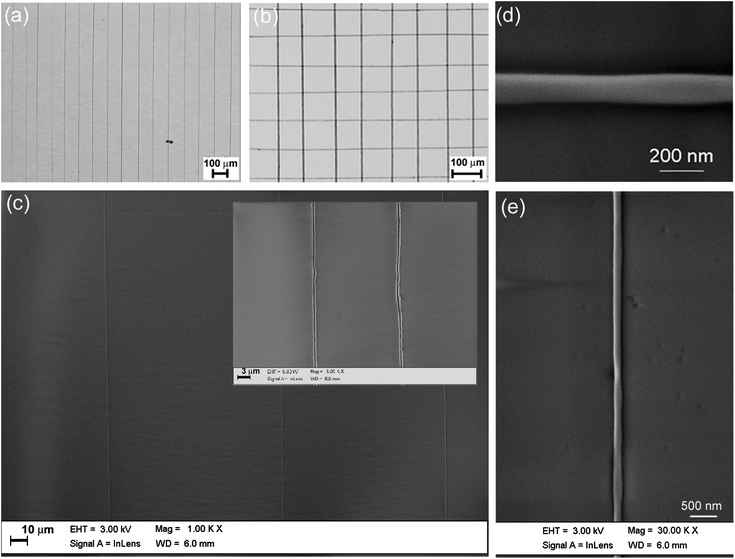▼ Reference
- Bisht G S, Canton G, Mirsepassi A, Kulinsky L, Oh S, Dunn-Rankin D, Madou M J. Controlled Continuous Patterning of Polymeric Nanofibers on Three-Dimensional Substrates Using Low-Voltage Near-Field Electrospinning. Nano Lett. 2011; 11: 1831.
- Chronakis I S, Grapenson S, Jakob A. Conductive polypyrrole nanofibers via electrospinning: Electrical and morphological properties. Polymer 2006; 47: 1597.
- Jeong J S, Jeon S Y, Lee T Y, Park J H, Shin J H, Alegaonkar P S, Berdinsky A S, Yoo J B. Fabrication of MWNTs/nylon conductive composite nanofibers by electrospinning. Diamond and related Materials 2006; 15: 1839.
- Laforgue A, Robitaille L, Mokrini A, Ajji A. Fabrication and Characterization of Ionic Conducting Nanofibers. Macromol. Mater. Eng. 2007; 292: 1229.
- Ku M, Kim J, Won J E, Kang W, Park Y G, Park J, Lee J H, Cheon J, Lee H H, Park J U. Smart, soft contact lens for wireless immunosensing of cortisol. Science Advances 2020; 6: eabb2891. Open Access
- Wang J, Lee S, Yokota T, Jimbo Y, Wang Y, Nayeem M O G, Nishinaka M, Someya T. Nanomesh Organic Electrochemical Transistor for Comfortable On-Skin Electrodes with Local Amplifying Function. ACS Appl. Electron. Mater. 2020; 2: 3601-3609. Open Access
- Wei M, Lee J, Kang B, Mead J. Preparation of Core-Sheath Nanofibers from Conducting Polymer Blends. Macromol. Rapid Commun. 2005; 26: 1127.
- Wu H, Hu L, Rowell M W, Kong D, Cha J J, McDonough J R, Zhu J, Yang Y, McGehee M D, Cui Y. Electrospun Metal Nanofiber Webs as High-Performance Transparent Electrode. Nano Letters 2010; 10: 4242.
- Wu H, Kong D, Ruan Z, Hsu P C, Wang S, Yu Z. A transparent electrode based on a metal nanotrough network. Nature Nanotechnology 2013; 8: 421.
- Zheng G, Li W, Wang X, Wu D, Sun D, Lin L. Precision deposition of a nanofibre by near-field electrospinning. J Phys D: Appl Phys 2010; 43: 415501.
▼ Credit and Acknowledgement
Author
Wee-Eong TEO View profile
Email: weeeong@yahoo.com
 ElectrospinTech
ElectrospinTech

